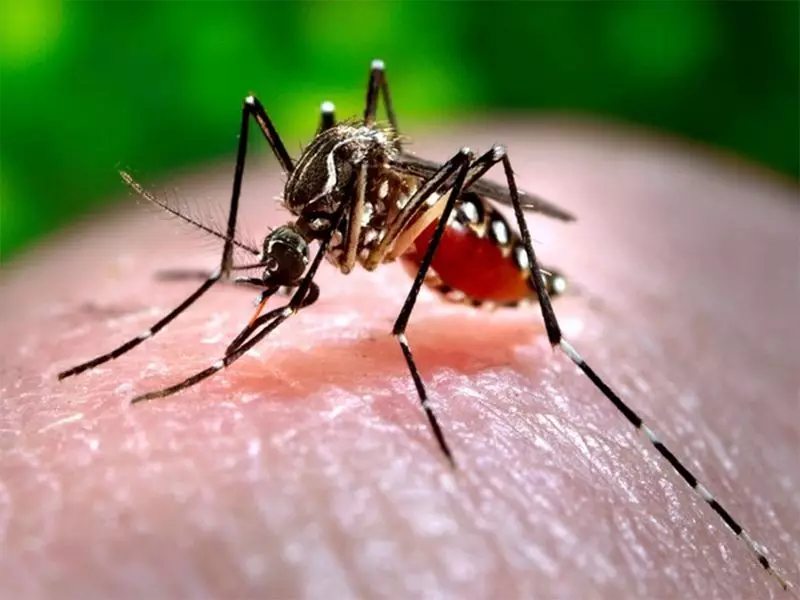
As monsoon clouds gather over Punjab, Ludhiana residents brace themselves for what has become an annual nightmare - the relentless threat of dengue fever. Despite repeated outbreaks and mounting cases, the city appears trapped in a cycle of reactive measures rather than proactive prevention.
The Unchanging Scenario
Every year, as temperatures rise and rains arrive, Ludhiana witnesses the same disturbing pattern. Stagnant water accumulates in construction sites, empty plots, and poorly maintained areas, creating ideal breeding conditions for Aedes mosquitoes. The municipal authorities spring into action only when cases begin to spike, rather than implementing year-round control measures.
Why Lessons Remain Unlearned
The fundamental issue lies in the lack of sustained effort. Insecticide spraying drives are often delayed, awareness campaigns lack consistency, and citizen participation remains minimal. "We see the same pattern every year - authorities wake up only when hospitals start filling with dengue patients," notes a concerned resident.
Critical Breeding Hotspots
- Construction sites with uncovered water tanks and pits
- Neglected parks and vacant plots filled with rainwater
- Poorly maintained residential areas with water accumulation
- Industrial zones with discarded containers collecting water
- Clogged drains and inefficient waste management systems
The Human Cost
Behind the statistics lie real stories of suffering - families grappling with medical expenses, workers losing wages due to illness, and the constant fear that grips communities during peak season. The economic burden on affected households can be devastating, with treatment costs often running into thousands of rupees.
What Needs to Change
- Year-round surveillance and mosquito control programs
- Strict enforcement of construction site regulations
- Community-led cleanliness drives and awareness programs
- Improved waste management and drainage systems
- Early warning systems and rapid response teams
The question remains: Will Ludhiana break free from this annual health crisis, or will citizens continue to pay the price for systemic failures in public health management?





